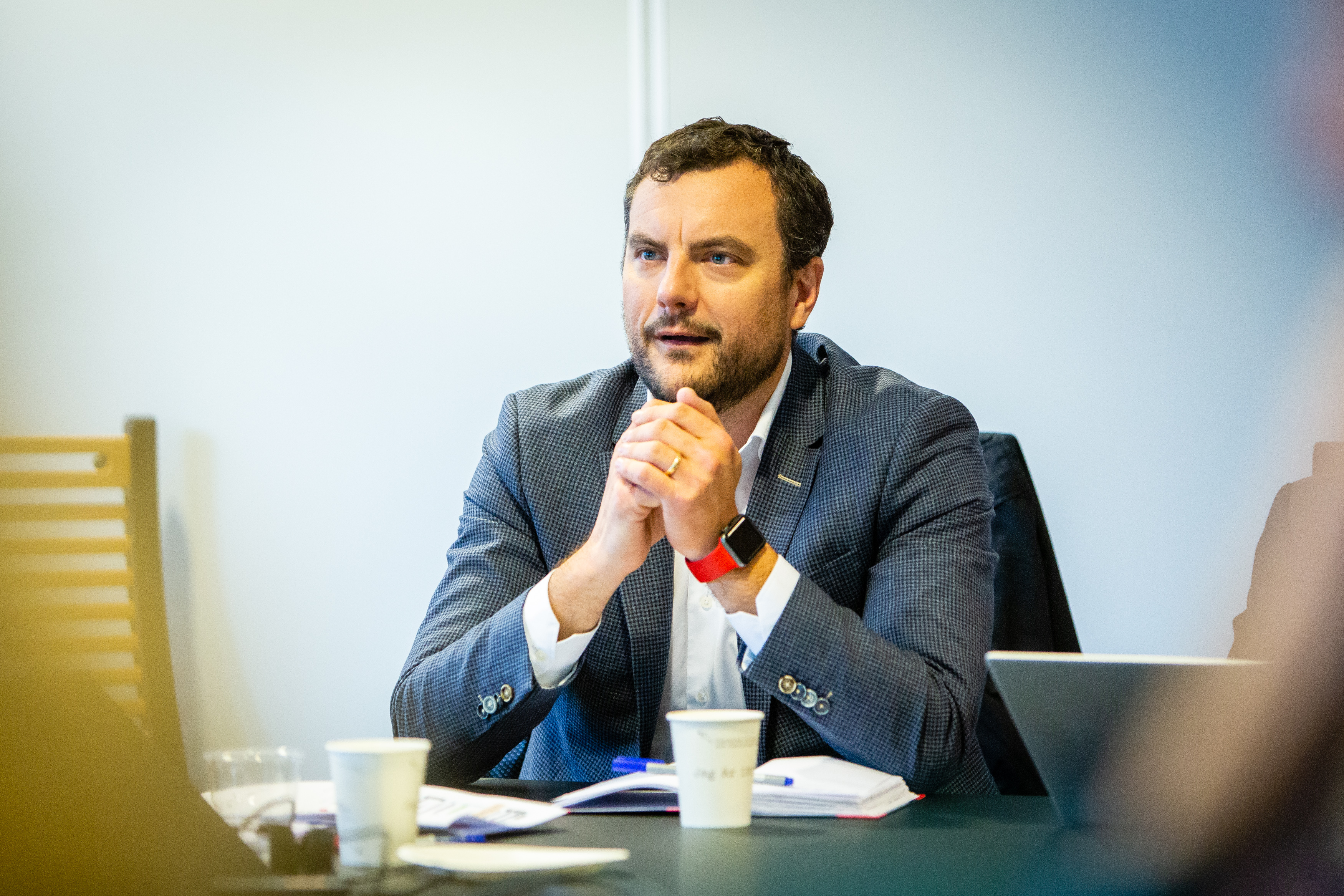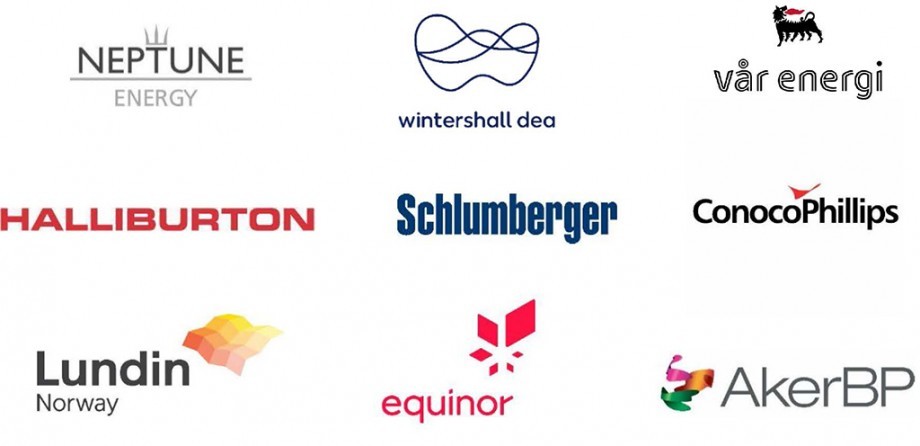A total of 12 companies are on the list of the industry partners of The National IOR Centre of Norway. Chair of Board Thierry Laupretre (Aker BP), sums up the collaboration.

Thierry Laupretre is chief reservoir engineer in Aker BP and has been the Chairman of the Board in The National IOR Centre of Norway since 2018. As a chairman his role has involved communication with the IOR Centre management, and coordinating the input from the various companies in the consortium to help define the ambitions and steer the activities in the Centre. Since the beginning of the Centre in 2014, there has been 12 companies on the list of the industry partners. Today the number is 9 (see fact box in the bottom of the article). Two of the partners (Maersk Oil and Dong Energy) left in 2017. BP and Det Norske merged to Aker BP in 2016.
"There has been quite a lot of deliveries in the Centre that we already use in Aker BP – for instance ensemble-based modelling methods," says Laupretre.
In cooperation with Craig Smalley and Ann Muggeridge (leader of the scientific advisory committee in the Centre) from Imperial College in London, the Norwegian Petroleum Directorate has conducted a screening study which aimed in part to provide an estimate for the technical recovery potential offered by various EOR (enhanched oil recovery) methods. This work covered 27 of the largest fields on the Norwegian Continental Shelf, which contain about two billion standard cubic meter (scm) of immobile oil. The results show an overall technical EOR potential of 320-860 million scm for both mobile and immobile oil.
"The technology and methods from the Centre are enablers for the future. The work that is done on smart water and polymer, building knowledge, workflows and software tools, will contribute to more efficient recovery of the reservoirs. There are already examples of using this new knowledge and methods in the companies," says Laupretre.
Panic time?
As an oil and gas company, Aker BP cannot influence the consumption of fossil fuels, but the company states that they have an important role to play in the energy transition.
"At the IOR conference earlier this year I was glad to get the perspective from the authorities. They are telling us that oil and gas will be part of the energy mix for a long time. At the same time they are indicating how the companies can help in the transition, for instance via value generation to be used in investing in new energies and innovation, and via knowledge transfer between the oil industry and the upcoming businesses," Laupretre says and continues:
"It’s not panic time. We all want to achieve the goals from the Paris agreement. I’m quite optimistic because of the various transition initiatives that are being accelerated, in part due to the general public pressure. That will be a good driving force. I’m optimistic because of the oil and gas industry commitments in reducing significantly their own emissions, the incentives being progressed by the authorities and because of the widespread passion that people have in making the industry and the energy mix more sustainable," Laupretre says.
Delivering the results
The Centre management are now focusing on delivering the final results to the industry partners. What is left?
"The IOR Centre is over with public funding and industry contracts. Now we are working with experts in the industry to help us communicate the results for the companies. All the research projects will be ended as planned, that’s our ambition," Centre manager Ying Guo says and continues:
"These 8 years have given us enormous knowledge accumulation and resources. It has made a foundation to continue our work. Researchers are building their knowledge," Guo says.
She sums up the collaboration with the industry:
"There is a need to maximize the remaining resources, to get out of the ground. There are a lot of skilled work forces in the oil and gas companies, and we are on the same wavelength. At the same time, industry requires us to develop relevant methodologies for them. Our task has been to bring the good ideas into validation and field applications," Guo says.
Continued collaboration
Together with partners NORCE and IFE, UiS has applied for a new petro center. University of Bergen is also part of the team. The new center has been named NCS2030 (National Center for Sustainable Reservoir Utilization on the Norwegian Continental Shelf).
"We want to continue and build on the competence that we have developed over the last years. The same people strongly wish to continue the collaboration. That's one of the strengths with the IOR Centre: this tight collaboration between NORCE, IFE, UiS, and the industry," Laupretre says.
The new center will focus on innovation.
"I will be happy to contribute and participate in a new center. In the industry there is a recognized need for more research to maximize oil recovery and develop solutions for low carbon emissions. We need help from research institutes to get there," he says.
At the IOR conference April 2021, several companies talked about their net-zero ambitions. Wintershall Dea wants to get there by 2030.
"We want to deliver the methodologies and the solutions to help reaching such an ambitious goal. We must be ambitious," Ying Guo says.
What is she most proud of when the The National IOR Centre of Norway comes to an end?
"We are very proud of all the results we have obtained. We are proud of the collaboration with the industry, and especially the young people we have educated, PhDs, postdocs, and master students. This is the young generation that will continue our work," Guo says.
Text: Kjersti Riiber
